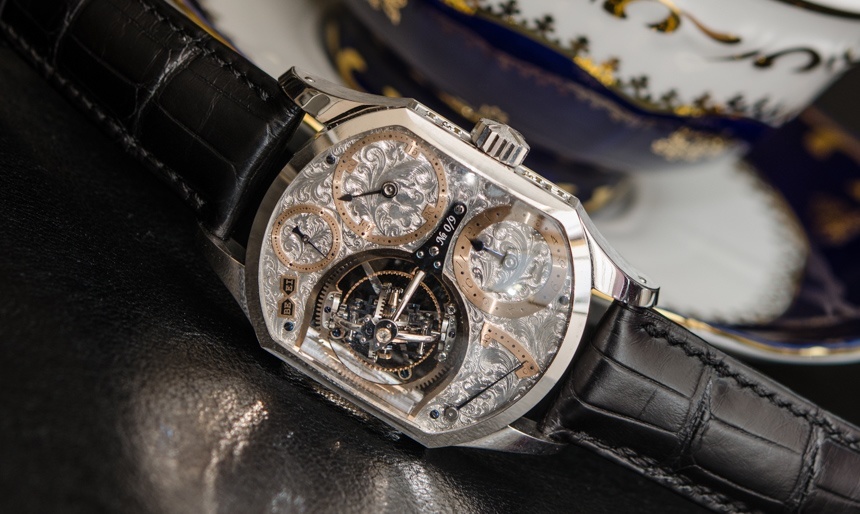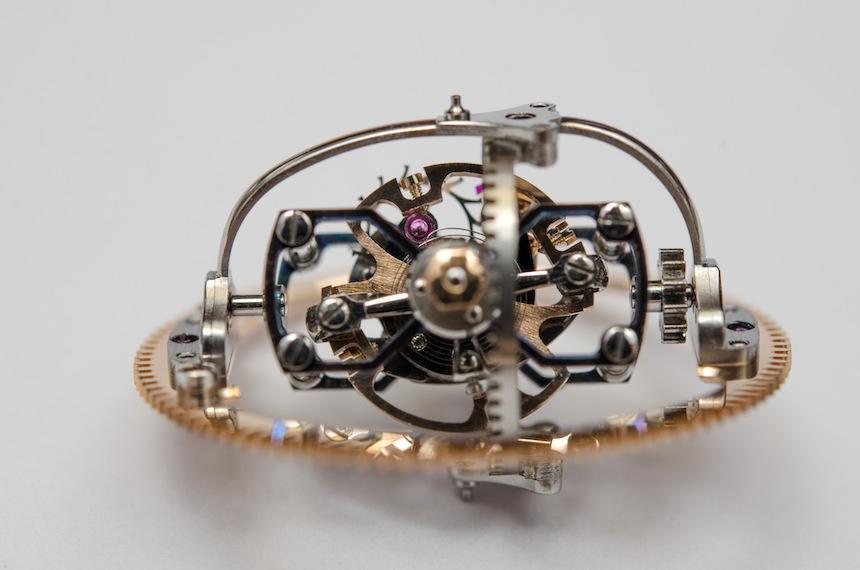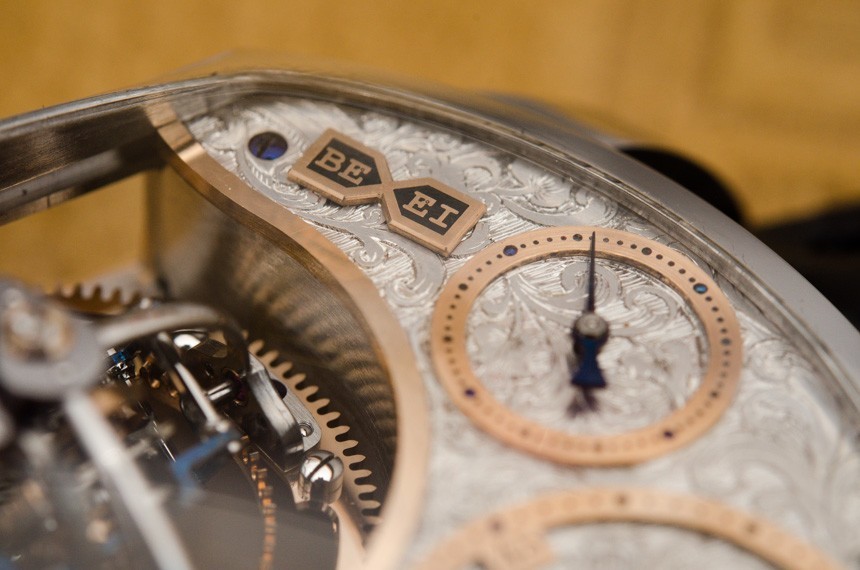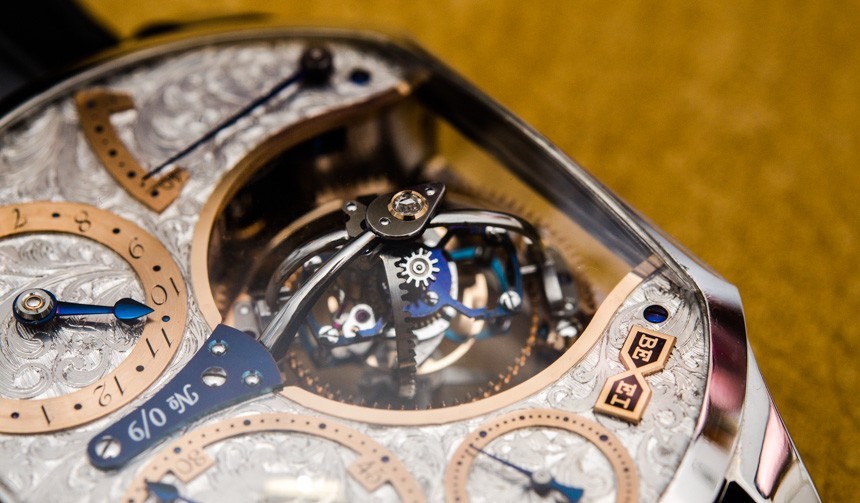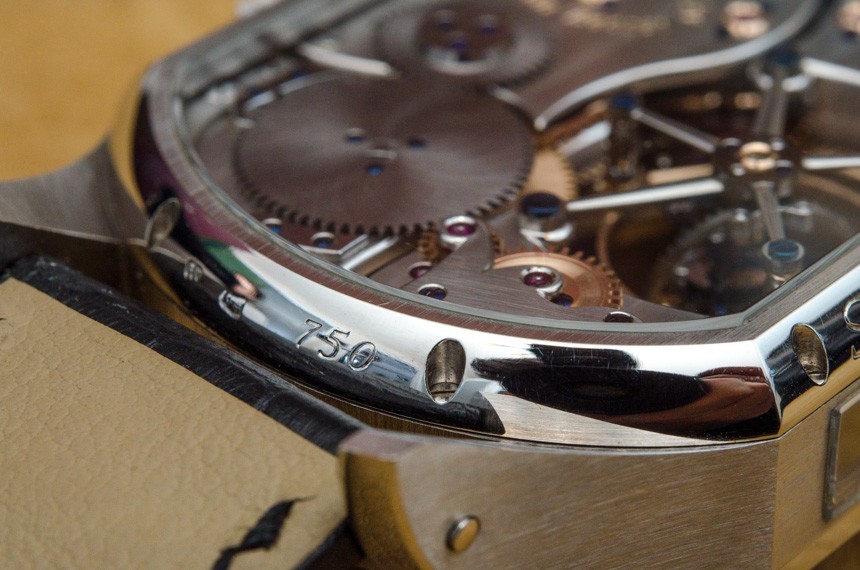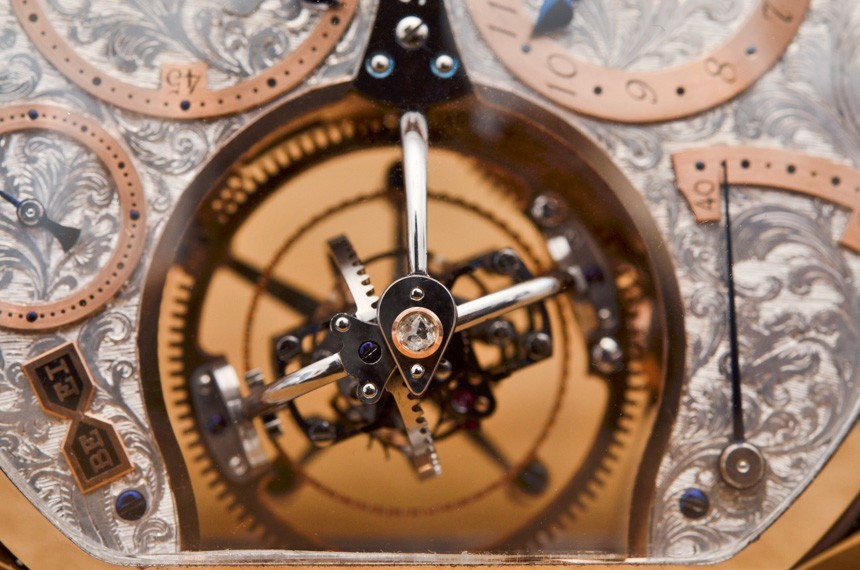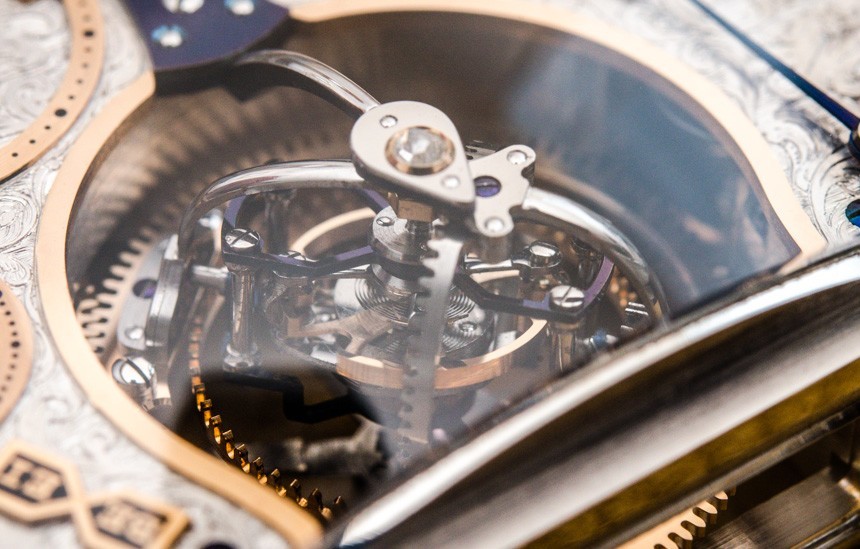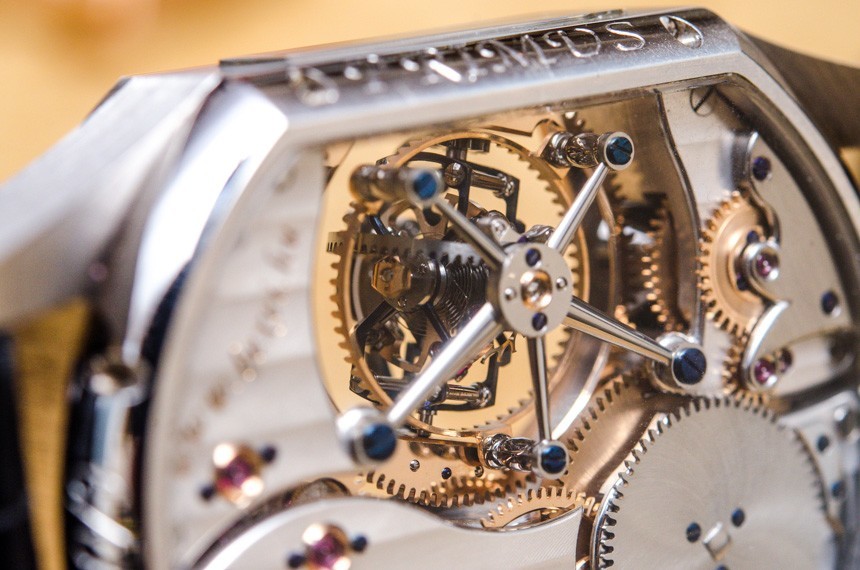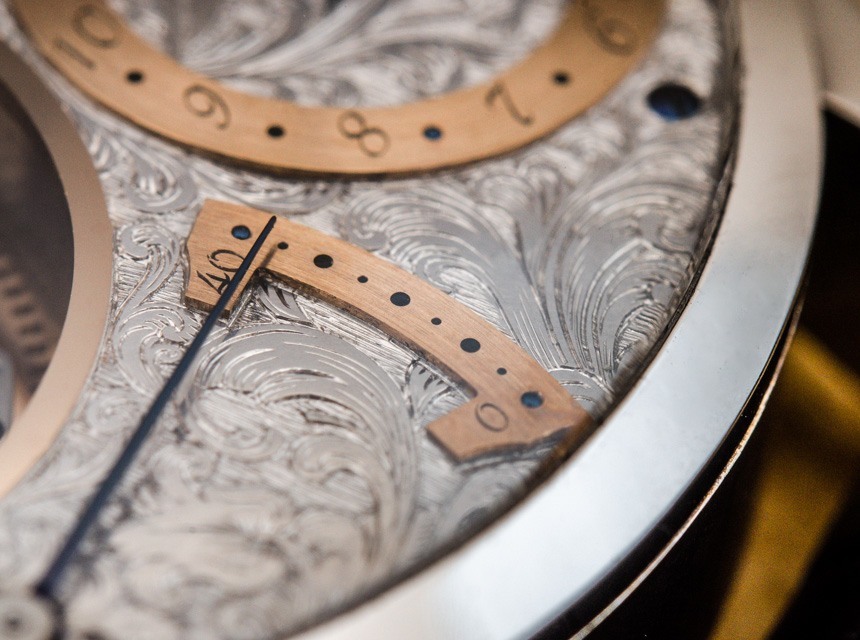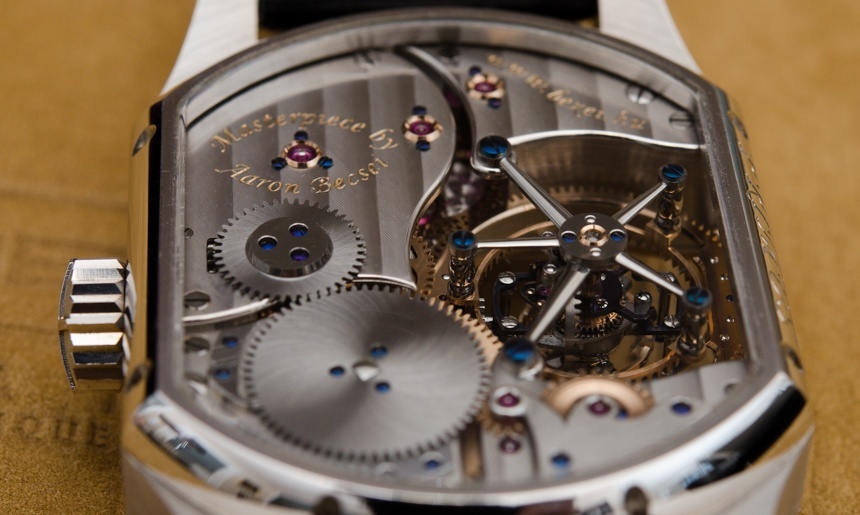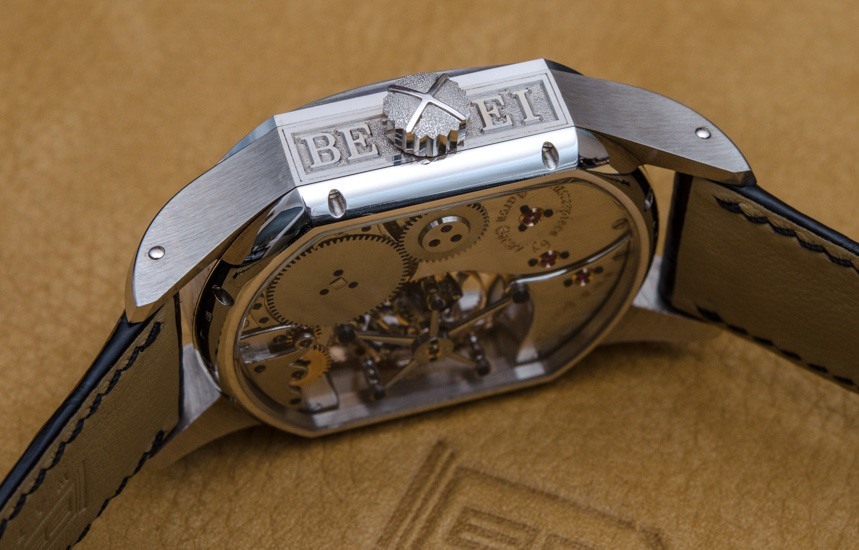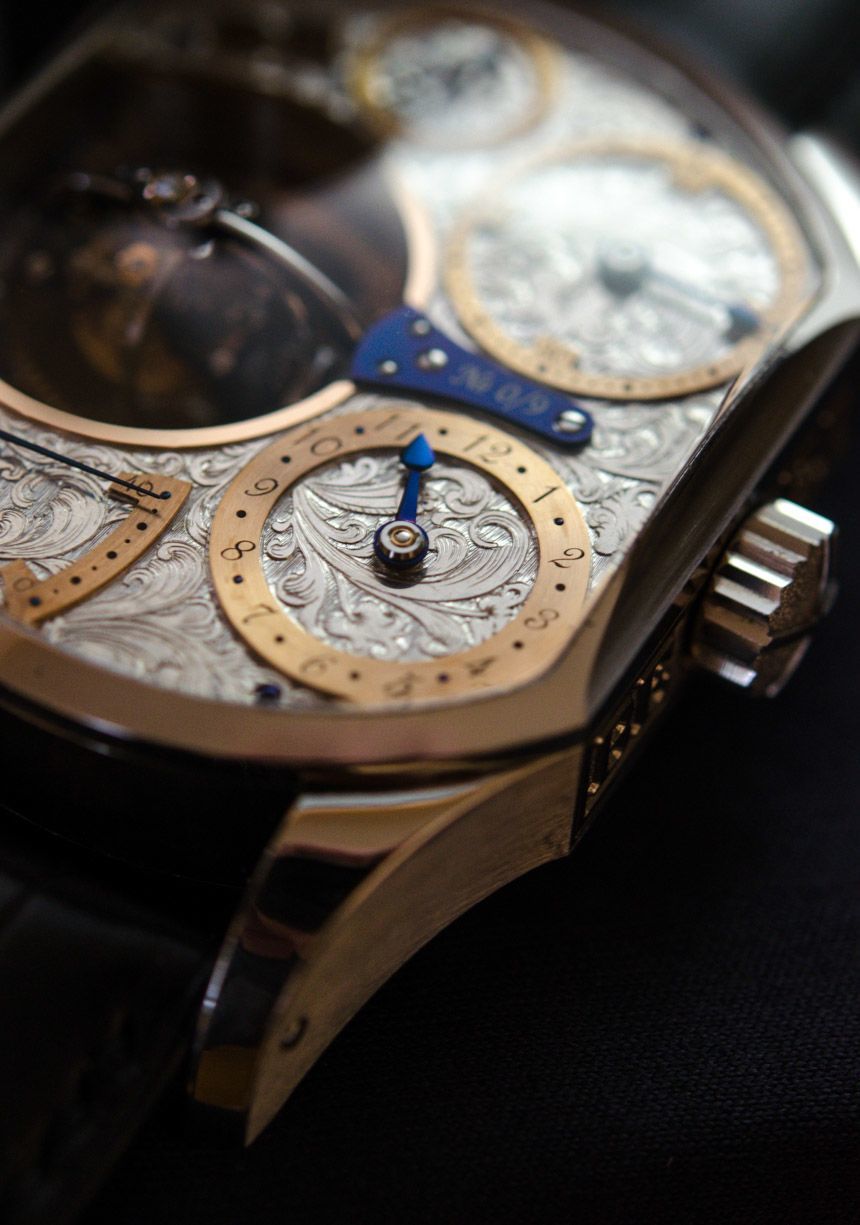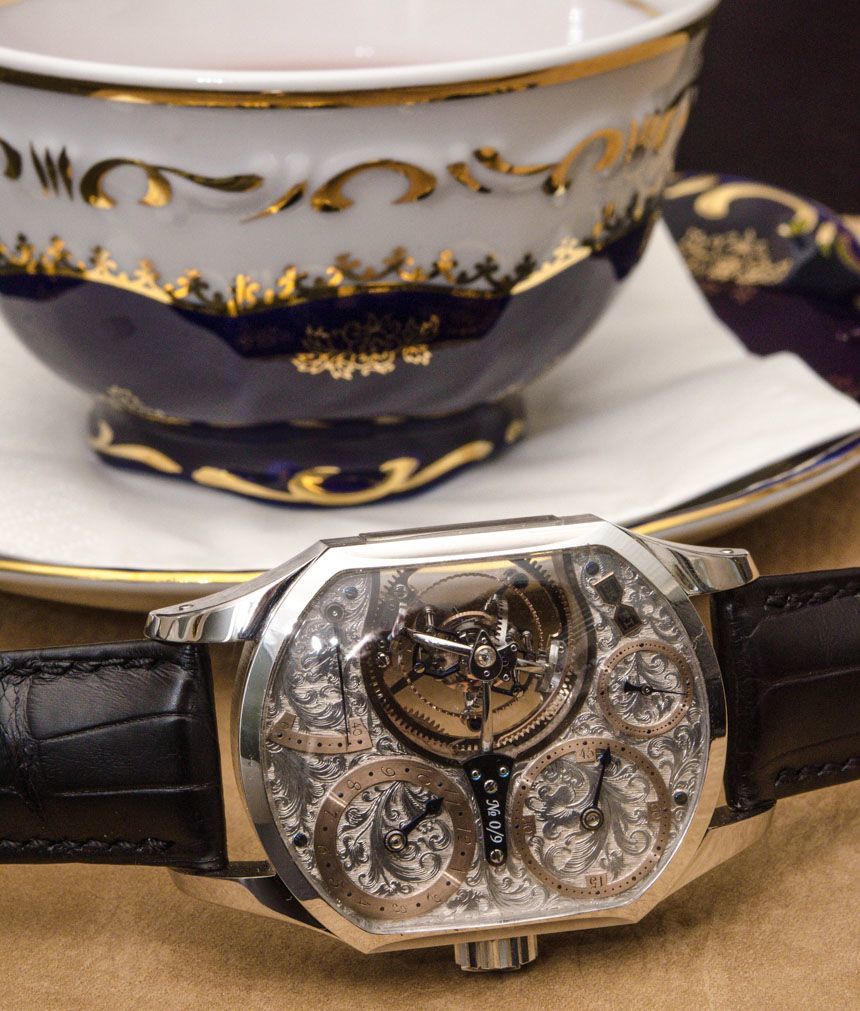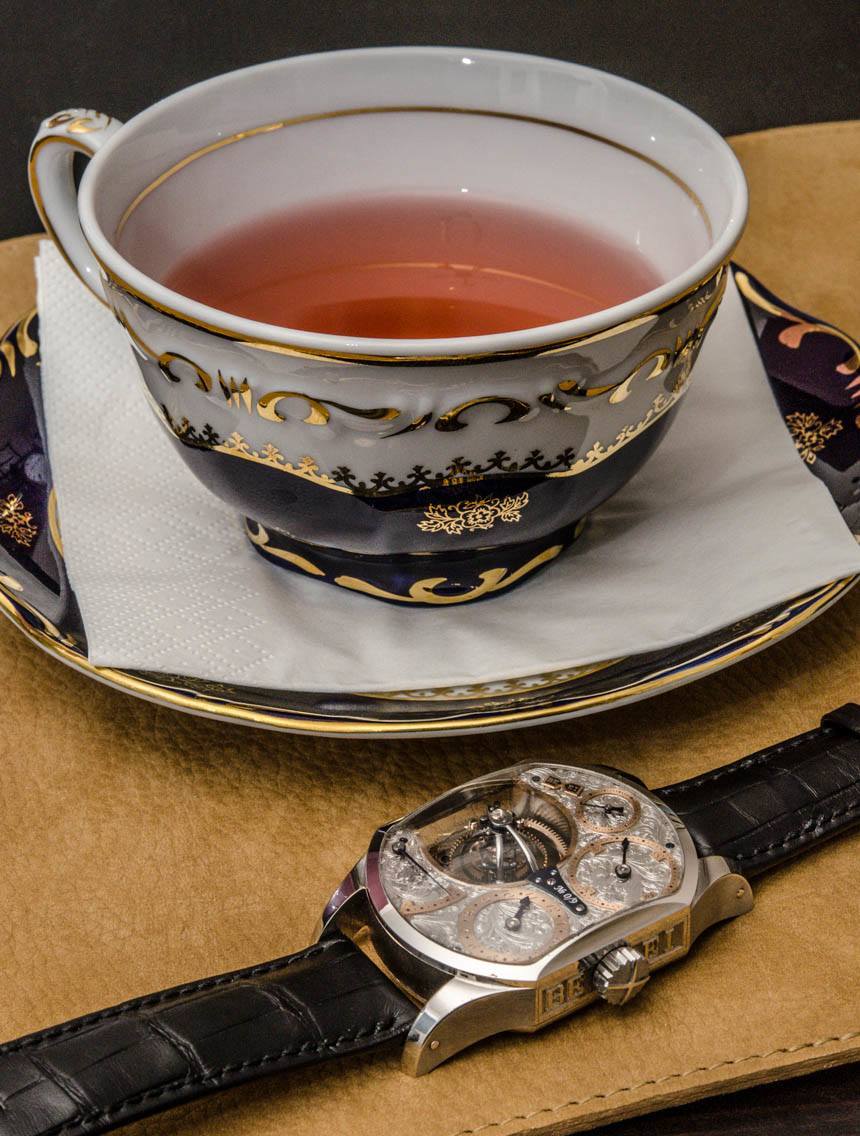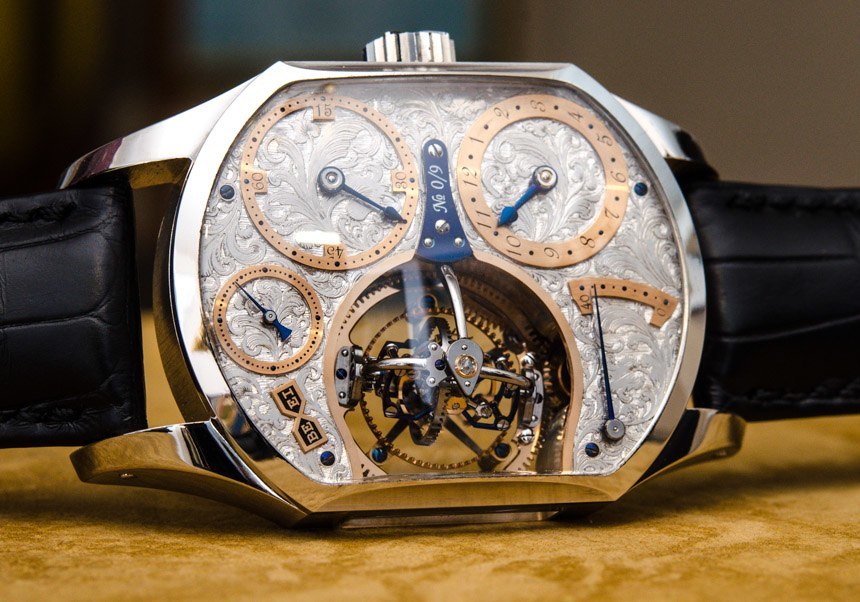
“My first wristwatch was a triple-axis tourbillon” is a statement that would sound totally unbelievable even from a renowned watch collector – so how did it all work out when it came from then-29-year-old independent watchmaker, Aaron Becsei? The Bexei Primus triple-axis tourbillon is indeed the first wristwatch Aaron – the third generation in a successful watch restorer-repairer family – ever made, and we had the chance to take a closer look at the original piece he crafted at the time.
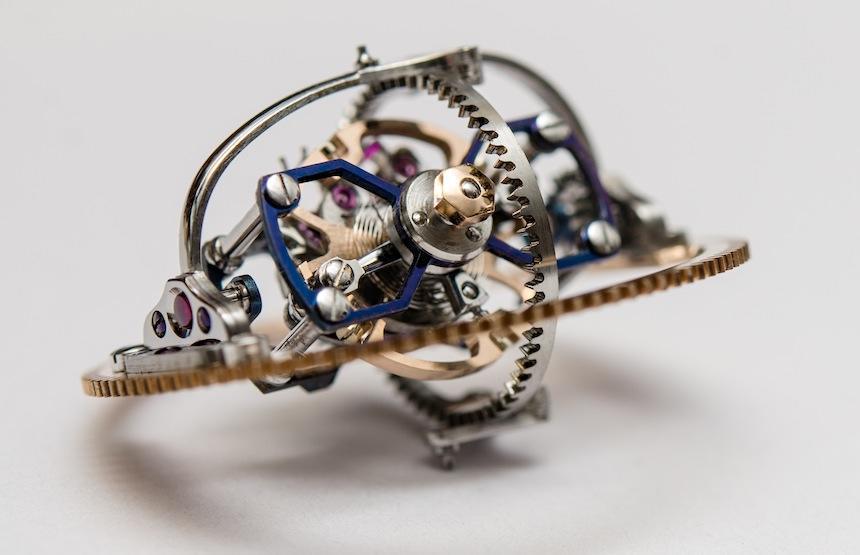
We visited Aaron’s workshop in Budapest in early 2014, so to see where and how he designs his movements from the ground up, as well as how he manufactures and hand-finishes just about every single part of the movement and case, check out our Bexei workshop visit article here. In a nutshell, what you need to know is the only exceptions to the parts he makes in-house are the two springs in the movement, the sapphire crystals, some of the jewels (he now cuts the pallet jewels), the escape wheel, and the hand-engraving is done by a master engraver in Budapest. All the rest, the wheels, gears, bridges, screws, pinions, balance wheels, cases (from rough molds), hands, dials, and everything else is made in his one-man workshop.
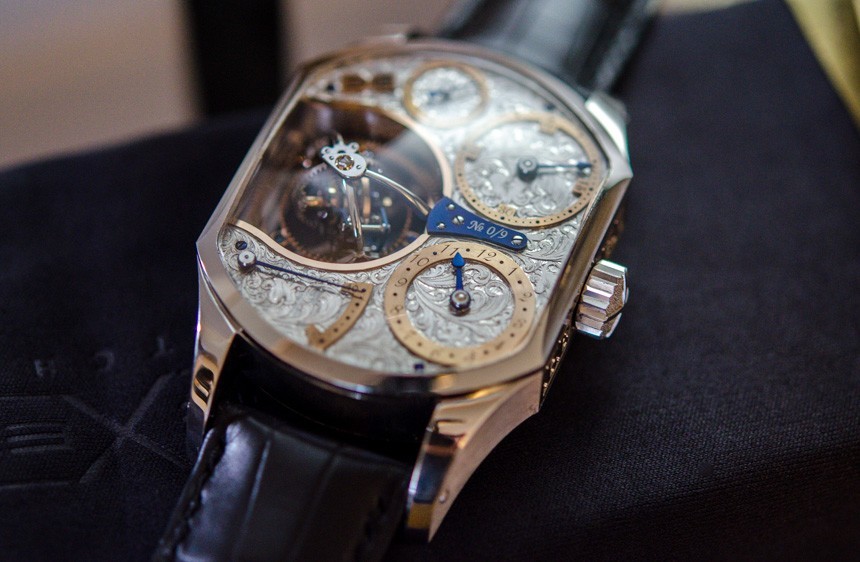
The Bexei Primus made its debut back at BaselWorld 2008, and not many (read: none – as the ones I can think of were also announced around then) triple-axis tourbillons were around at the time. To this day, most other triple-axis tourbillons are actually bi-axial tourbillons with the third axis being a really slow one, where the bi-axial tourbillon works as an hour or minute hand – making the third axis considerably easier to manufacture, as it makes a full rotation once every one or twelve hours. The Bexei Primus, on the other hand, exposes its massive tourbillon assembly at a large cutout on the dial at the 9 o’clock position, and the whole thing makes a full rotation in under 12.5 minutes.
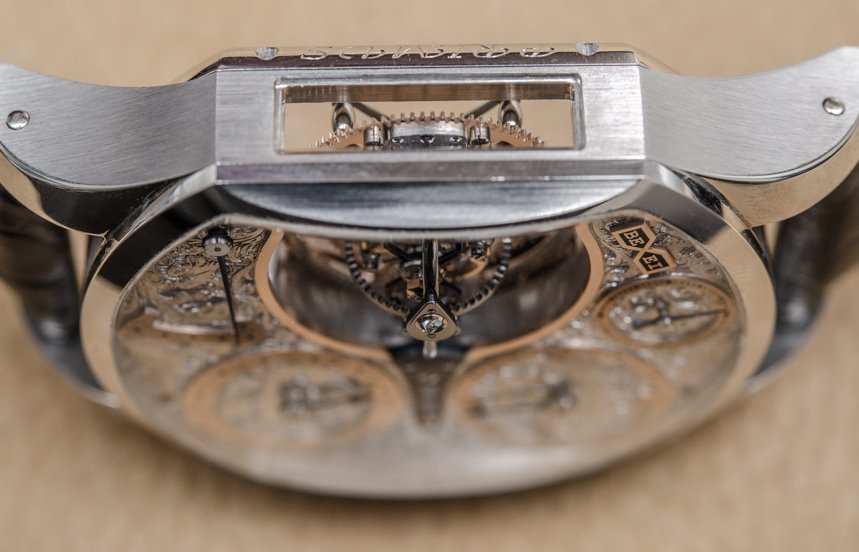
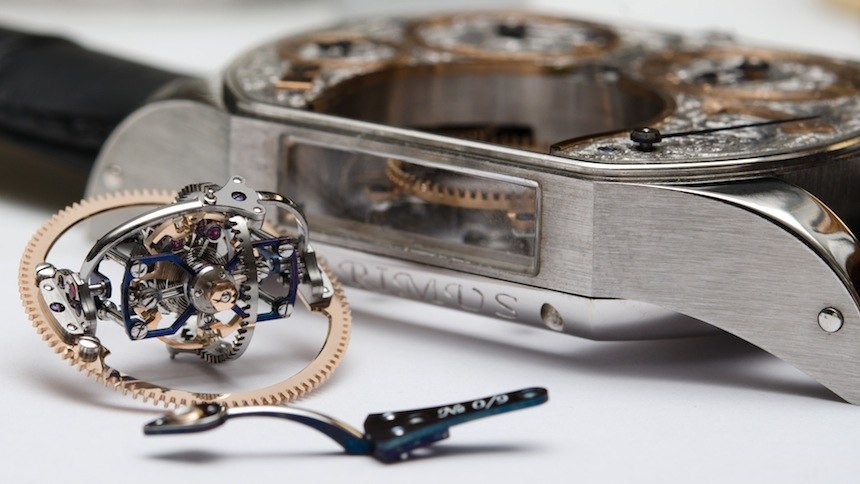
A domed sapphire crystal makes room for the assembly to freely rotate on all three of its axes, and another opening on the side of the case further reveals its inner workings. The entire assembly weighs 1.5 grams and is composed of well over 100 components – and it all allows the balance wheel to take up 3,750 different positions before returning to where it set off from. The innermost cage makes a full rotation once every 30 seconds, the second cage once every 2.5 minutes, and the outermost, again, once every 12.5 minutes. The result is a tourbillon whose three axes of rotation are all easy to appreciate, with the 30-second one making for a cool, accelerated effect, the second one twisting the innermost cage as though you were roasting it above a campfire, and the third one adding that extra bit of play.
To see it in operation, click on the image above: you’ll see Aaron holding the Bexei Primus triple-axis assembly and “driving it,” as though it were installed in the movement. You’ll see the two inside cages rotate as he applies pressure to a driving wheel inside the outermost cage – the third axis would be the one driven by that large, flat, golden wheel which in this instance is, of course, stationary.
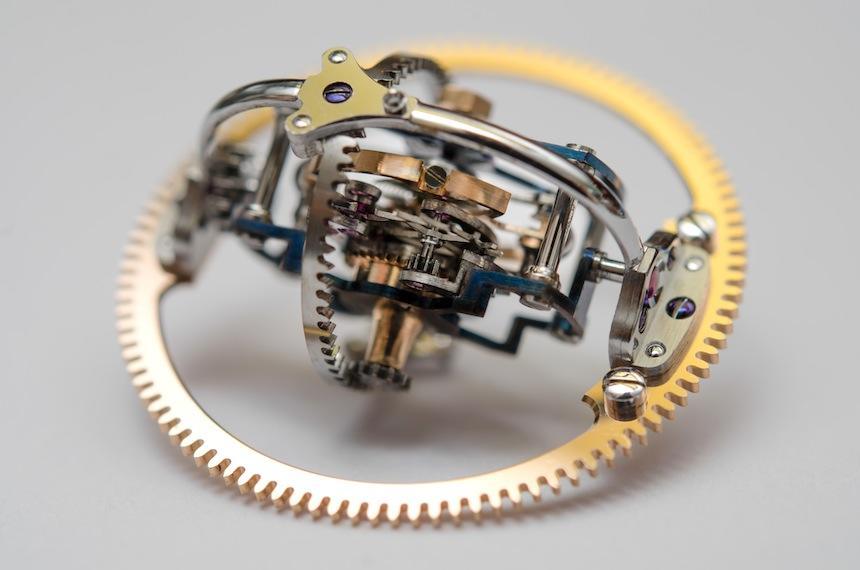
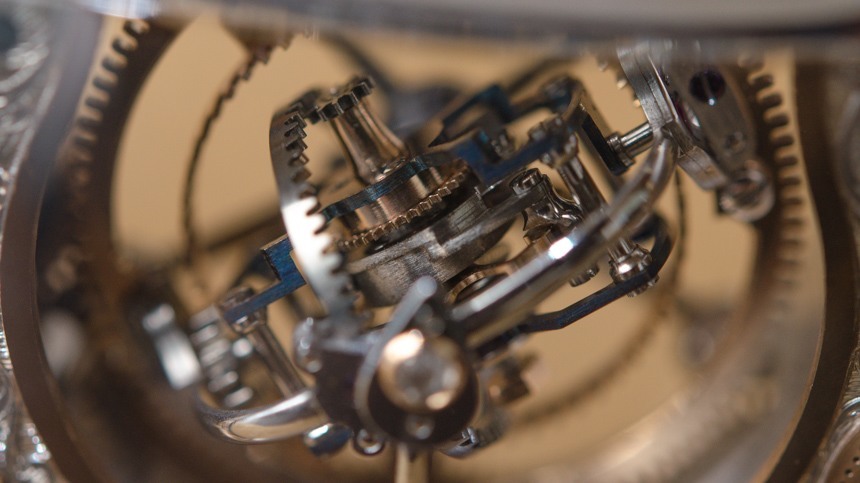
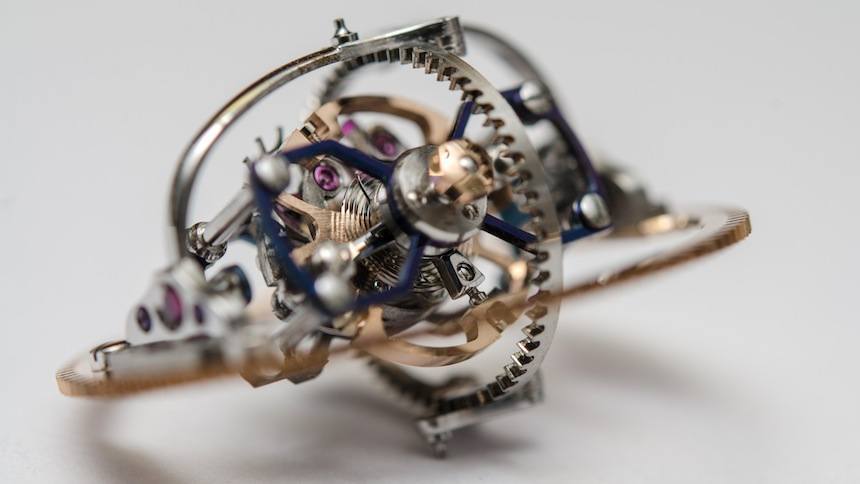
Conceiving, crafting, assembling, and “poising” (i.e., regulating for accurate timekeeping) such a “machine inside a machine” is one hell of a challenge – and that explains why it took Aaron two full years to work on nothing else but developing and testing it. The results do speak for themselves, though: while in recent years, we have been seeing ever newer and bolder movement designs from the likes of MB&F, Greubel Forsey, and many others highlight the regulating organ of a watch, the Bexei Primus is still very much up there with its stunningly expansive tourbillon assembly on display on both the dial and case-back sides.
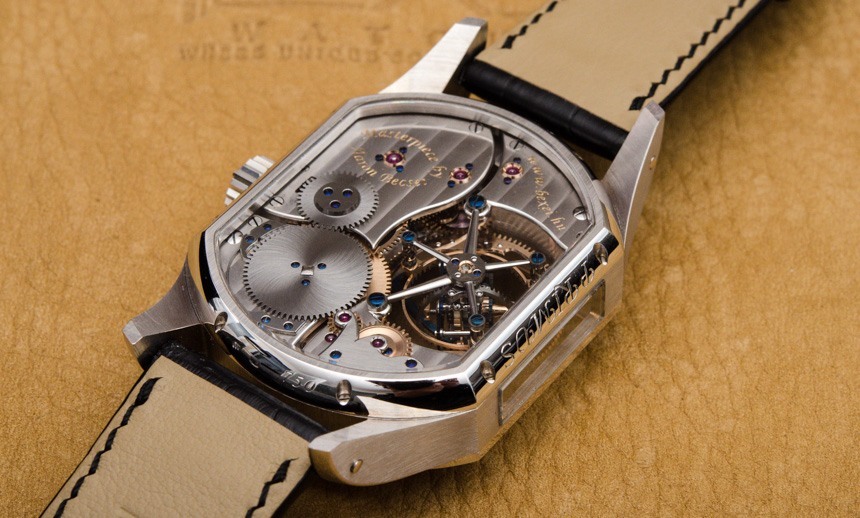
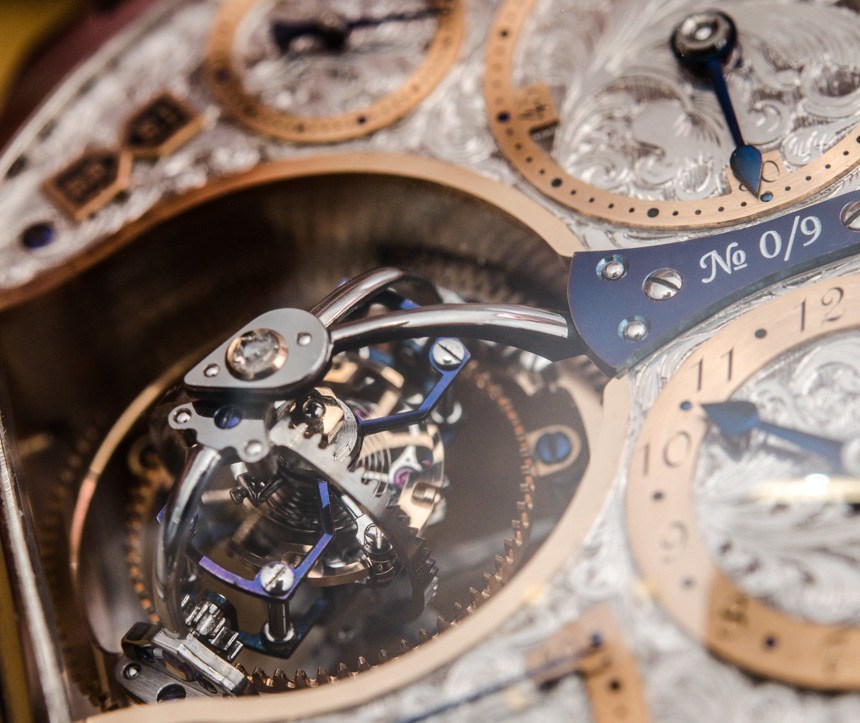
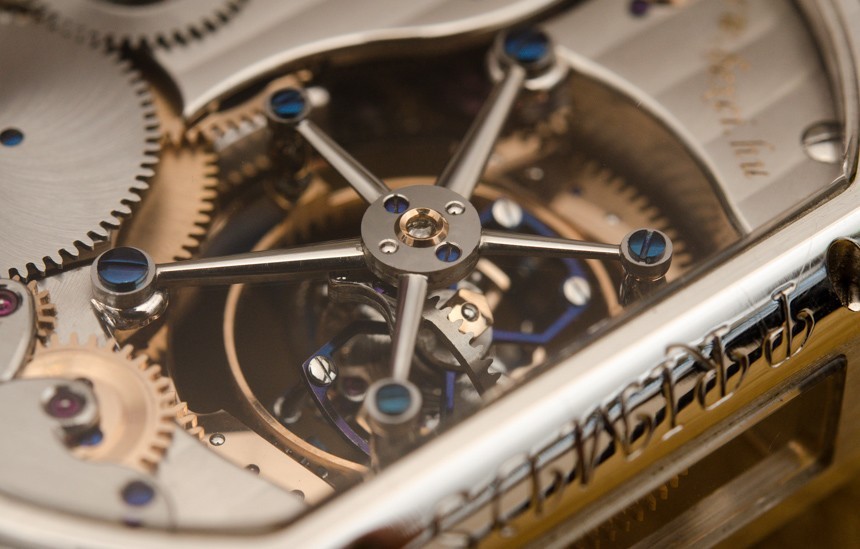
Held in place from above with a beautifully crafted arch with a diamond end-stone in it (a tribute to traditional watchmaking, where some manufactures used diamond end stones above the balance wheel in their very finest calibers), and from below, by a 5-spoke bridge; the tourbillon is still very much fully exposed as it ticks and spins away freely, throughout the 40-hour power reserve of the movement.
The Bexei Primus is unique in that, thanks to its patented design, it only uses jewel bearings for all three axes, while other 3-axis tourbillons also use ball bearings in their construction.
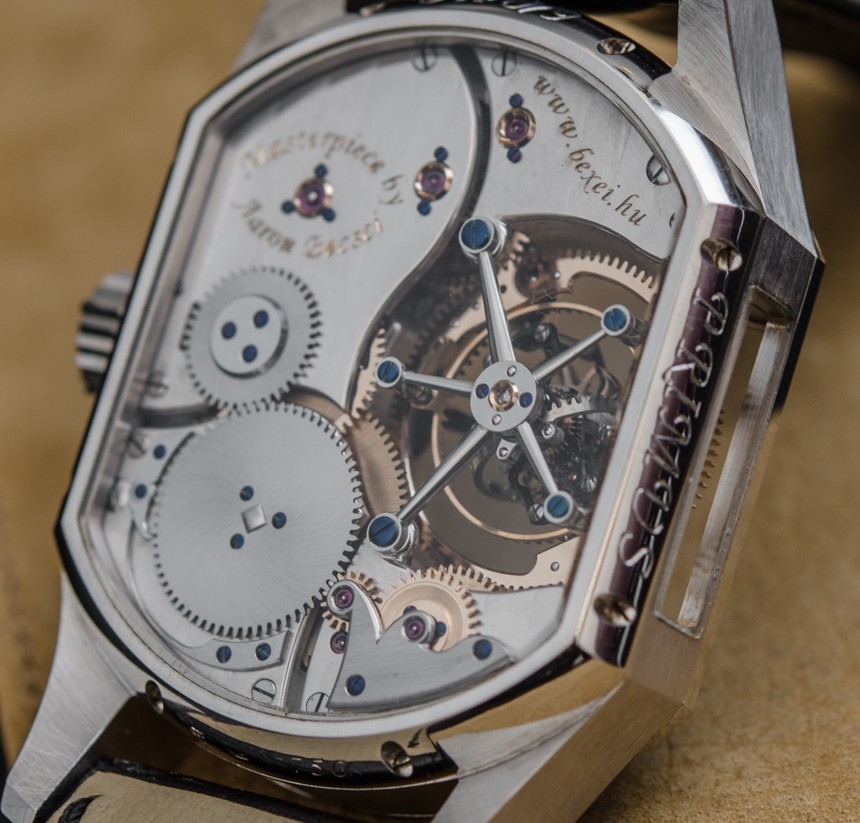
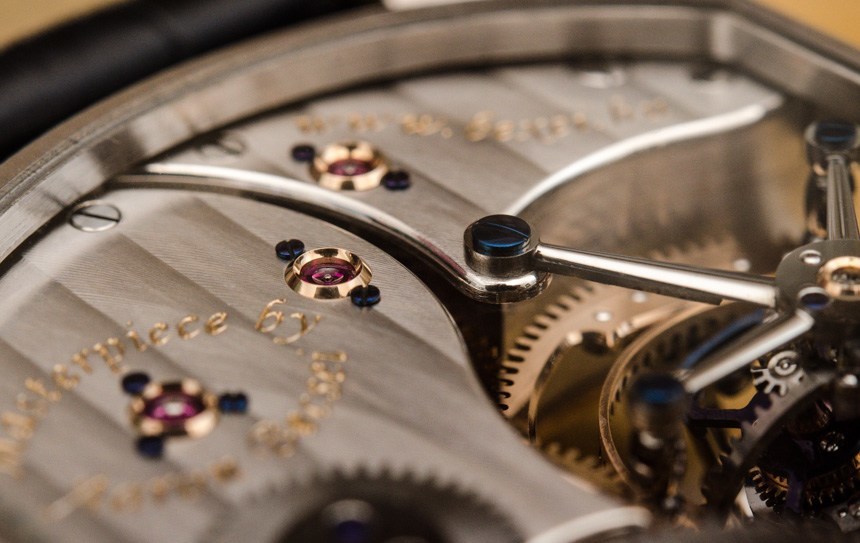
Aesthetically, the movement flows beautifully with the design of the case, characterized by straight sides and rounded edges – the caliber’s curved bridges and plates as well as large, exposed wheels all make this beast of a movement really easy on the eyes. Details such as the hand-beveled and polished edges, the polished gold chatons around the jewels, the subtle Geneva striping, or the gold-filled hand-engravings only become apparent upon closer inspection. For a more detailed discussion when it comes to the quality of hand finishing, check out our Movement Hands-On article where we scrutinize his Bexei Dignitas movement here.
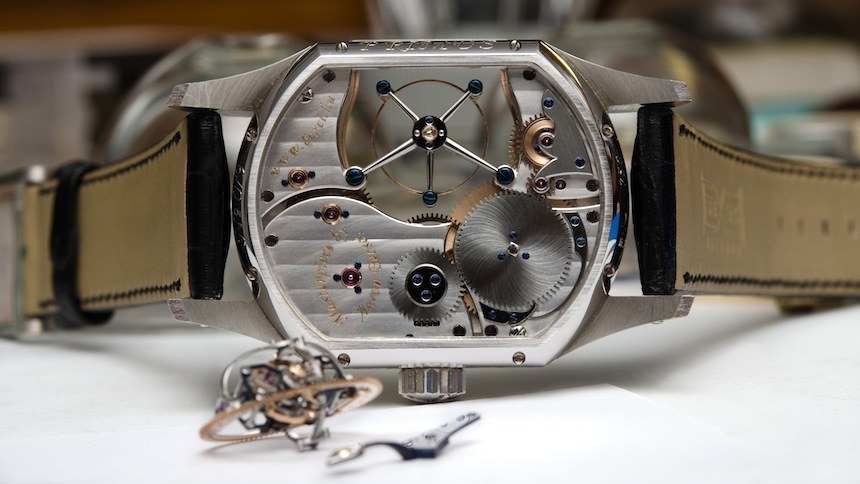
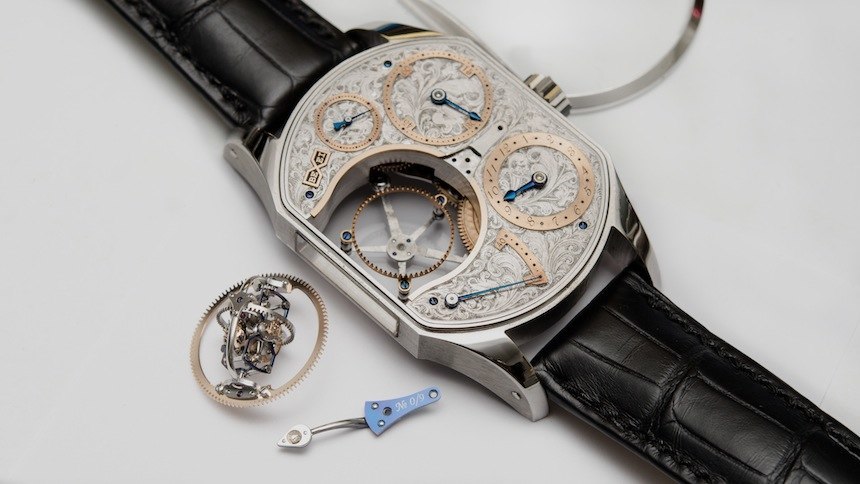
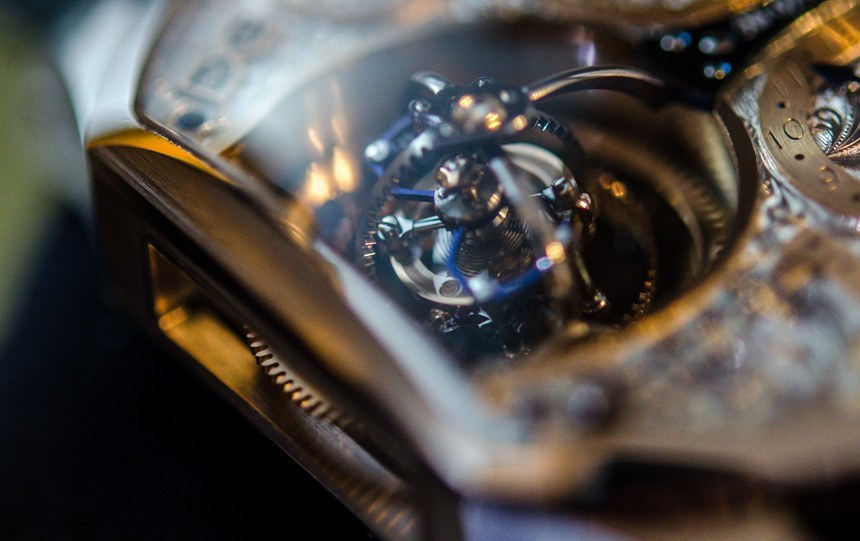
It is no easy task to take our eyes off the tourbillon that’s ticking away in a wonderfully fluid motion, but once we manage to do so, we see a regulator layout – a clever use of the remaining space on the dial. From top left, clockwise, the readouts are for the running seconds, minutes, hours, and the power reserve. The dial has been hand-engraved and, as always is the case with his creations, a unique pattern can be defined or chosen by the future owner.
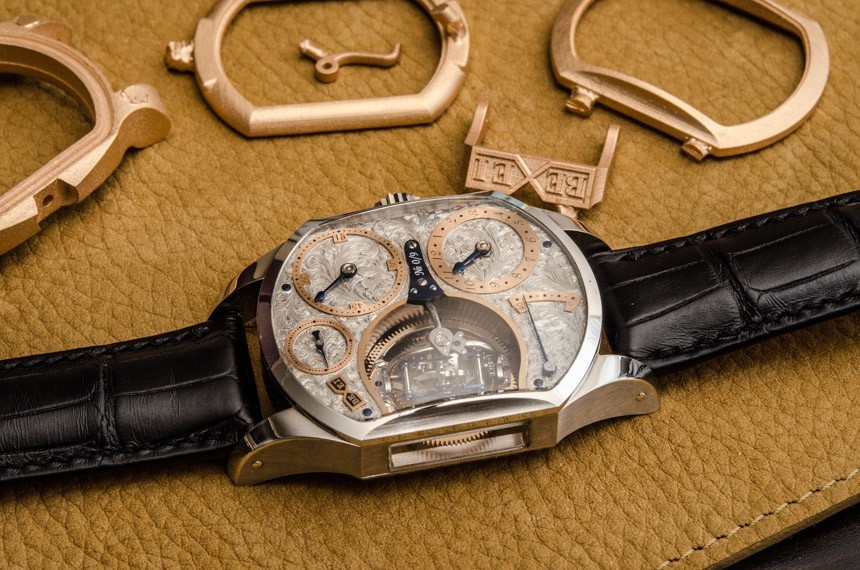
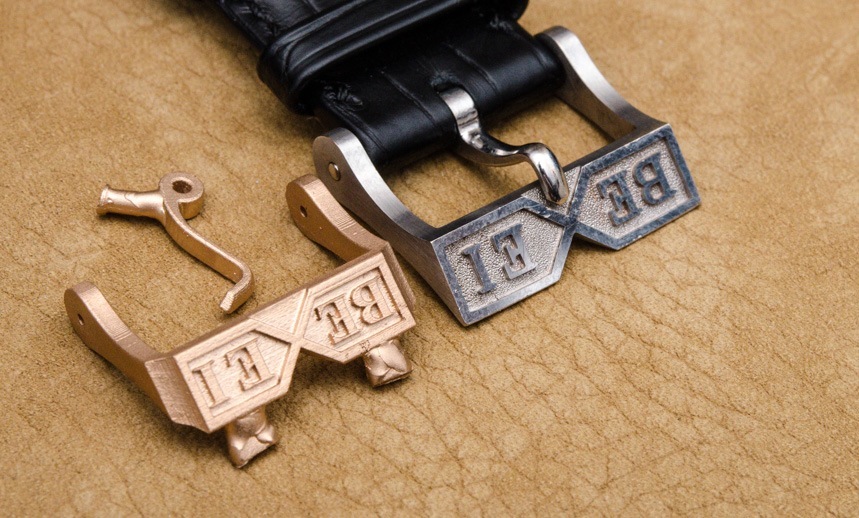
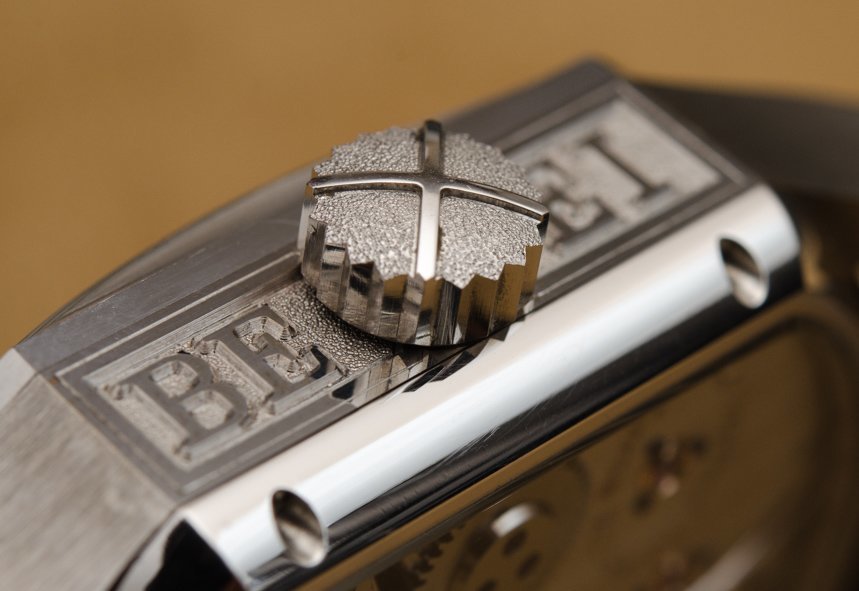
The case, crown, and clasp of the Bexei Primus can be in platinum or in any color variations of gold – seen here in 18k white gold – once again, fully hand-finished by Aaron who crafts them from a rough mold (the red gold clasp shows the state the molds arrive in). A particularly cool detail is the frost finishing on the crown and in between the super sharp letters in recess on the right hand side of the case – as the rough, “gritted” surfaces meet with the bevelled edges and polished surfaces, this ensures there’s enough eye-candy, even if you finally get to turn away from the dial or movement sides.
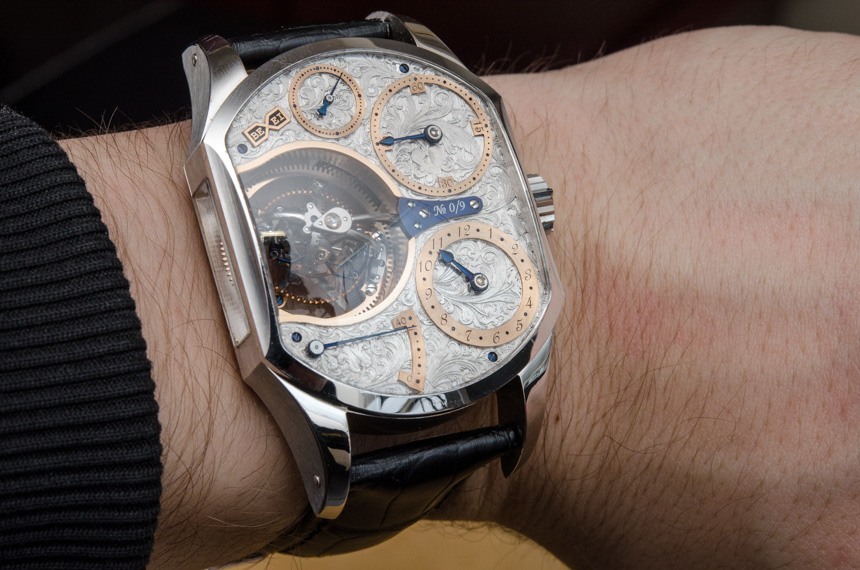
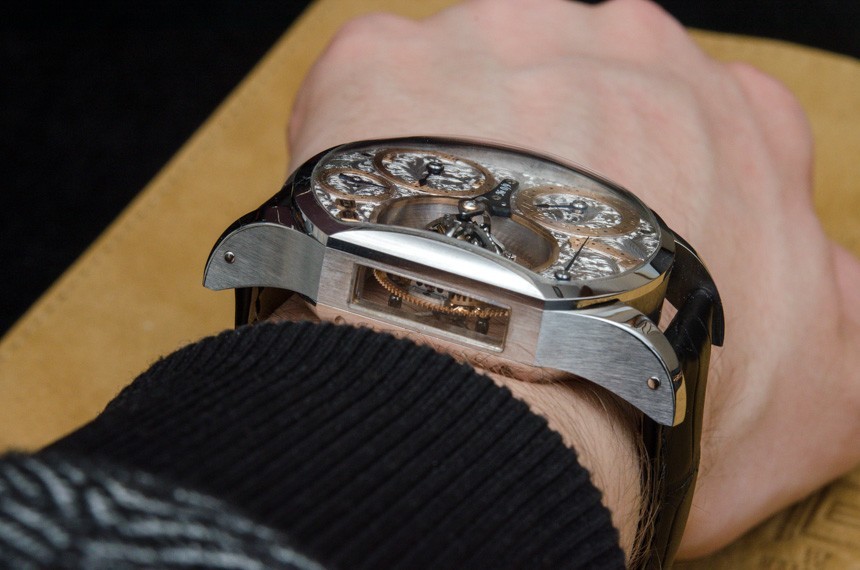
The Bexei Primus wore large on my ~6.75-inch wrist, primarily because of the elongated lugs – which I feel are not entirely necessary, and that it would probably look even better with the shorter, more curved lugs of the Dignitas (good thing I have no doubt Aaron would manage to tastefully mix the two designs).
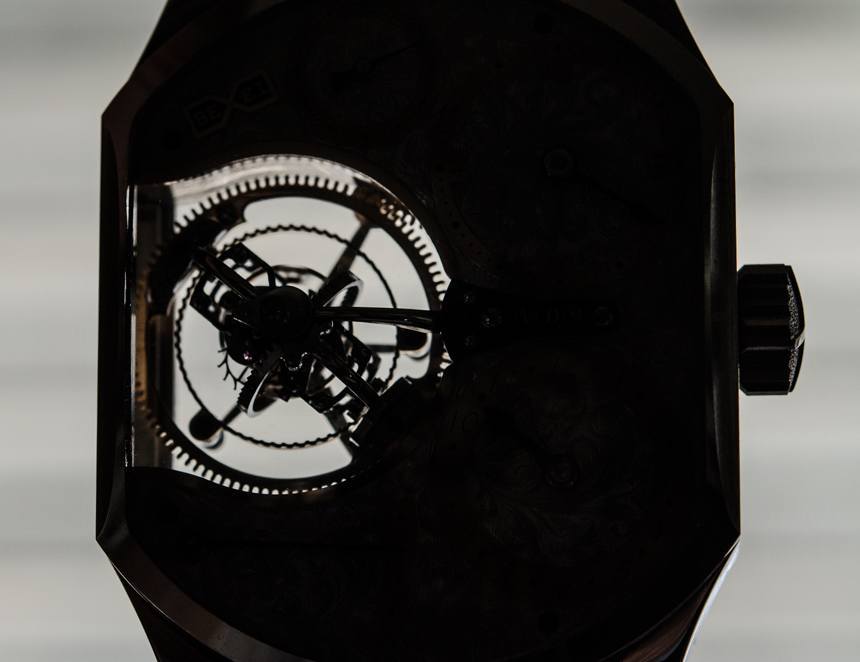
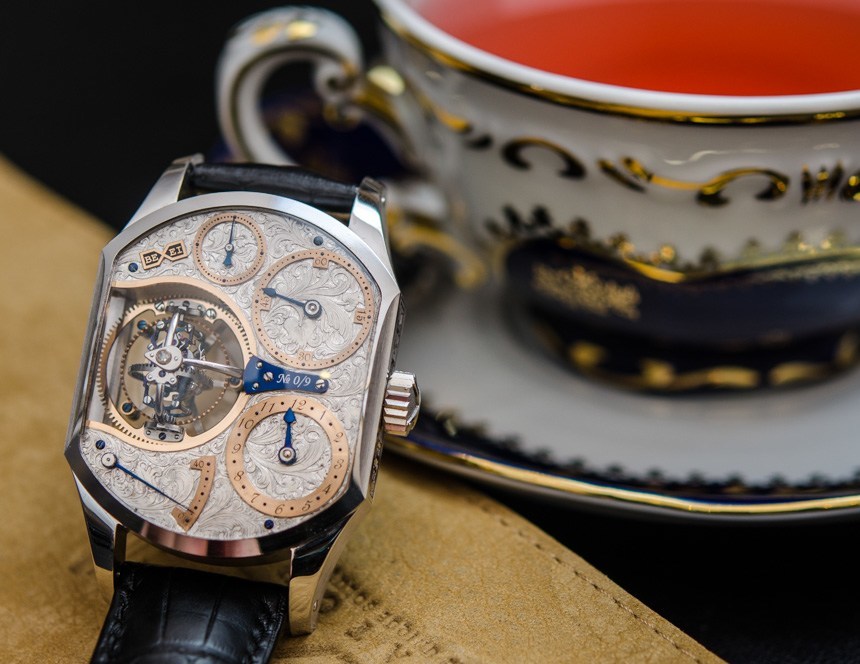
The Bexei Primus triple-axis tourbillon looks absolutely stunning, as it blends traditional design elements with a complication that puts most others to shame when it comes to sheer beauty – technically just about as impressive as any other I can possibly think of, and certainly the most fun to watch in operation. I feel I could find myself gazing at it for the full forty hours of the power reserve – I’d just need to not forget to wind it up after that!
Price for the Bexei Primus triple-axis tourbillon is around $265,000, and you can pick this 0/9 up at touchofmodern.com here. bexei.hu

